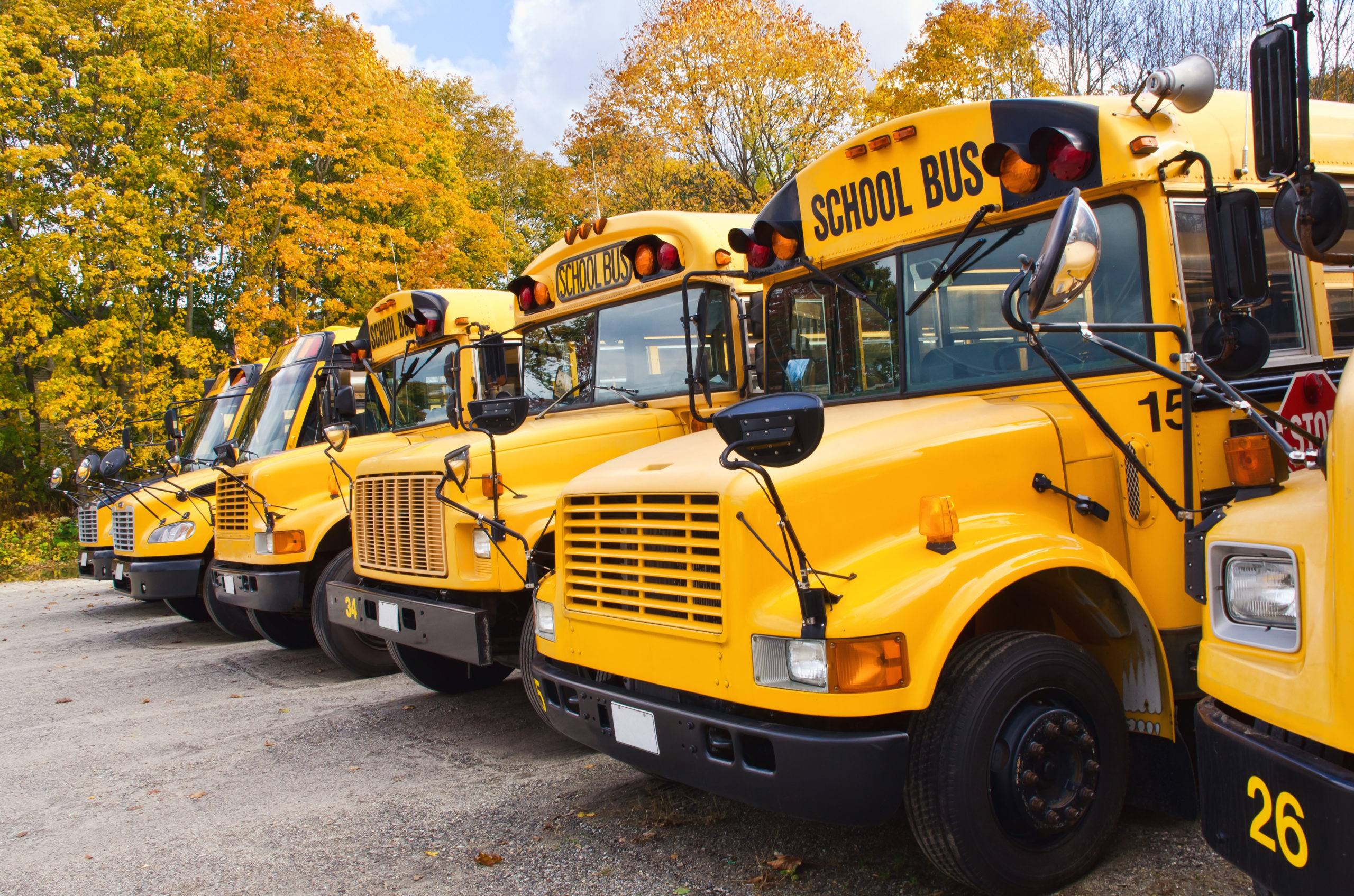Districts Using Untrained Bus Drivers Should Reconsider The Risks
Desperate times call for desperate measures. But districts using untrained staff to fill in for bus driver operations should reconsider. Understand the risks involved and why this could lead to potential litigation.
October 25, 2021

Student transportation has long been one of the most perilous of school district operations. And with bus drivers managing up to 75 students while only working a few hours twice a day, it is no wonder that 51% of districts cite their driver shortage as “severe” or “desperate.” Many districts are relying on extreme measures, using unqualified and untrained drivers to fill in gaps, creating a myriad of automotive liability and workers’ compensation risks.
“Now is not the time to take shortcuts or otherwise lessen your bus driver standards,” said Dave Randall, Vice President of Public Entity Underwriting at Safety National. “Doing so puts the life and health of students at risk. While utilizing other school staff members to fill these positions sounds like a great contingency plan, remember that these drivers are responsible for very precious cargo.”
Why the Shortage?
Like all industries, education has not been immune to the effects of The Great Resignation. Bus drivers have historically been a difficult position to fill—working only a few hours, twice a day while also handling the antics of school-aged children and maintaining the cleanliness of their buses. Many drivers are also retirees or stay-at-home parents with other jobs. Those issues were compounded by a pandemic that left districts and contracted transportation companies laying off or furloughing drivers due to remote learning, and many drivers found better opportunities or decided not to return because of health concerns. While the bussing deficiencies predate COVID-19, the nationwide labor shortage has put additional stress on this issue. In a recent survey from the National Association for Pupil Transportation (NAPT), 65% of respondents indicated that the bus driver shortage is their number one problem.
How Districts Are Adapting
Most public entities have prioritized matters like COVID-19 and police misconduct to mitigate major claims. While auto liability claims activity has decreased, there is suspicion that this is being misattributed to driver performance rather than fewer miles being driven throughout the pandemic, which is likely the cause. An absence of concern for auto liability risks means districts are more comfortable applying alternative measures, like using coaches, teachers or administrative staff to fill driver positions. Massachusetts even had to utilize its national guard to address recent driver shortages.
Coverage Implications
An estimated 70% of Safety National’s insured school districts employ drivers, and although untrained drivers would be covered from both a workers’ compensation and auto liability standpoint, the safety of students is endangered in the process. Increased claims activity as a result of a potential accident means districts could contend with rising insurance costs and premiums too.
The remaining 30% of Safety National’s insured districts that subcontract bus operations represent a different coverage risk. Typically, auto liability involving a third-party contractor has a written indemnity agreement. However, lawsuits resulting from an unqualified driver causing injury target all involved parties, so districts could incur substantial legal expenses even with the appropriate indemnity agreements. While this issue is being watched closely by carriers, districts should continue to only employ the appropriately qualified drivers and seriously reconsider the risks of filling driver gaps with staff members.

























